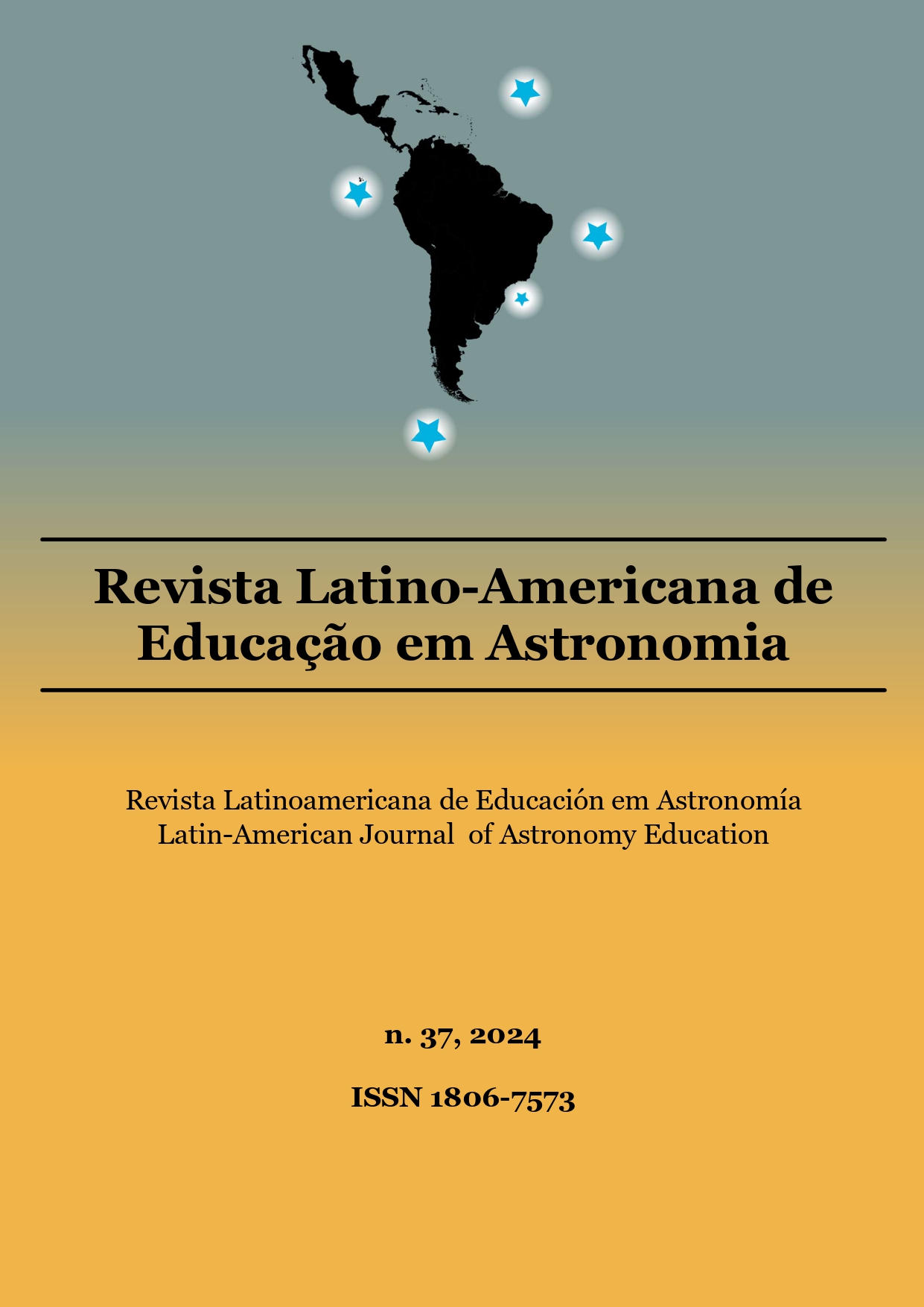JOURNEY TO MARS:
A PROPOSAL TO APPROACH THE TEACHING OF SPACE TRAVEL IN THE CLASSROOM
DOI:
https://doi.org/10.14244/RELEA/2024.37.087Keywords:
Trip to Mars, Physics teaching, Didactic ProposalsAbstract
The trip to Mars has been widely discussed on social media and in the media in recent years. In search of a way to connect the topics of Astronomy taught in the National Common Curriculum Base in Brazil and the current scientific reality, and to contribute to scientific dissemination, the present work aims to adapt the Physics involved in space flights, allowing a more viable approach in high school classrooms. As a starting point, the trip to the Moon and the concepts of Rectilinear and Uniform Circular Motion, as well as the Law of Universal Gravitation, were used to analyze the acceleration that occurs in the rocket during the Earth-Moon trip and analyzed the approximate amount of energy needed to reach the moon. The launch points that would allow energy savings and, consequently, fuel savings were investigated. The concepts of angular position variation were used to calculate the departure and arrival points of the rocket during the Earth-Mars journey. Finally, the technical and logistical challenges involved in traveling to Mars were investigated, as well as the use of simulations to address more abstract questions.
Downloads
Downloads
Published
How to Cite
Issue
Section
License
Copyright (c) 2024 João Henrique, Joyce

This work is licensed under a Creative Commons Attribution 4.0 International License.
Este é um artigo publicado em acesso aberto (Open Access) sob a licença Creative Commons Attribution, que permite uso, distribuição e reprodução em qualquer meio, sem restrições desde que o trabalho original seja corretamente citado.

